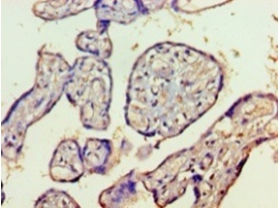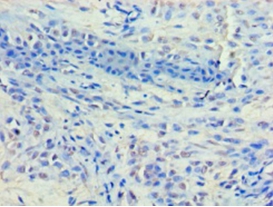Responsible for the deacetylation of lysine residues on the N-terminal part of the core histones (H2A, H2B, H3 and H4). Histone deacetylation gives a tag for epigenetic repression and plays an important role in transcriptional regulation, cell cycle progression and developmental events. Histone deacetylases act via the formation of large multiprotein complexes. Also involved in the deacetylation of cohesin complex protein SMC3 regulating release of cohesin complexes from chromatin. May play a role in smooth muscle cell contractility.
[1]"Structural studies of human histone deacetylase 8 and its site-specific variants complexed with substrate and inhibitors." Dowling D.P., Gantt S.L., Gattis S.G., Fierke C.A., Christianson D.W.Biochemistry 47:13554-13563(2008) . [2]"Substrate binding to histone deacetylases as shown by the crystal structure of the HDAC8-substrate complex." Vannini A., Volpari C., Gallinari P., Jones P., Mattu M., Carfi A., De Francesco R., Steinkuehler C., Di Marco S. EMBO Rep. 8:879-884(2007). [3]"Structural snapshots of human HDAC8 provide insights into the class I histone deacetylases." Somoza J.R., Skene R.J., Katz B.A., Mol C., Ho J.D., Jennings A.J., Luong C., Arvai A., Buggy J.J., Chi E., Tang J., Sang B.-C., Verner E., Wynands R., Leahy E.M., Dougan D.R., Snell G., Navre M. expand/collapse author list Tari L.W. Structure 12:1325-1334(2004).


